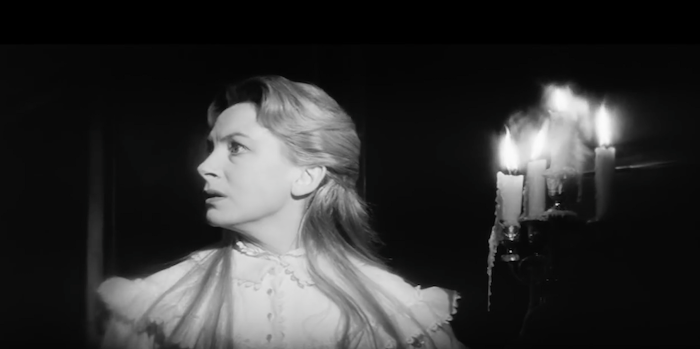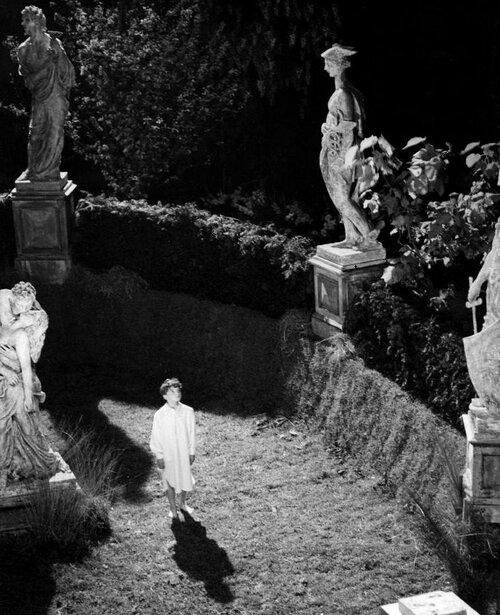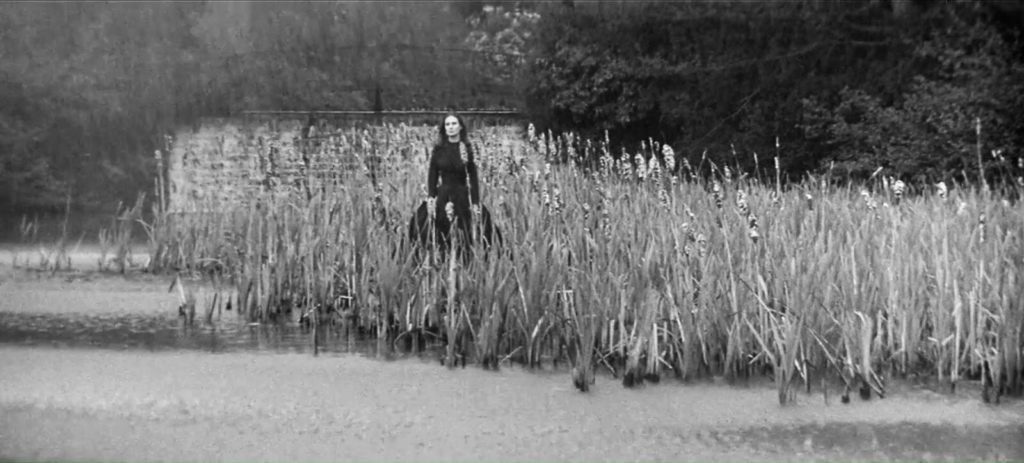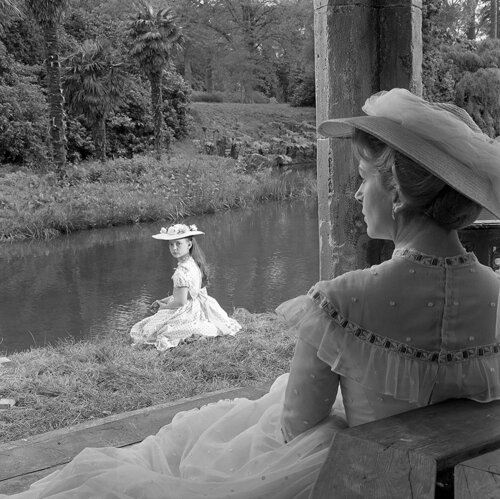
In the midst of popular schlocky Hammer horror productions, director and producer Jack Clayton set out to make a creepy, slow, psychological horror film with The Innocents (1961). For his source material, he went to the great Victorian British writer Henry James, and the subsequent stage play. James’s novella “The Turn of the Screw” is the story of an unnamed narrator who recounts the strange summer of the governess and her two charges, Miles and Flora.
The orphaned children live in the stately English country home, while their uncle and guardian is largely absent. When hiring the governess, he makes it very clear that he doesn’t want to be bothered with trivialities. He certainly doesn’t want to be involved in things that go bump in the night.
In a stroke of casting genius, Deborah Kerr plays the proper governess. She had recently played Anna Leonowens in The King and I. The sumptuous musical was a massive hit and garnered nine Academy Awards, winning five. Her character’s grace and poise embodied the perfect British governess. In The Innocents, she again fulfills that role, but with an entirely different end.

Miles and Flora are outwardly proper aristocratic British children, but the governess soon notices strange behavior. Like the odd kids in Village of the Damned, they are disconnected, emotionless, and callous. The governess becomes convinced they are hiding something from her—and, eventually, that one or both of them is possessed.
The film is beautiful to look at. The cinematography is deliberately high contrast, using heavy blacks to create a sense of claustrophobia. The director also chose to employ deep focus photography, meaning that all elements in the frame are clearly visible. There is distinct detail in each stitch of clothing and every rose petal. It also makes the appearance of the ghostly figures all the more startling. They are not fleeting, blurred glimpses. They are sharp-edged and solid.

To further compound the tension for the audience, the film commissioned innovative synthesized sound effects. The sustained wailing noises are a common tool in horror movies today, but it was pioneering work at the time. The uncredited creator, Daphne Oram, went on to compose the Doctor Who theme song.

What makes the book and this adaptation so effective is how it walks a razor-thin edge between imagination and reality. Is the audience really seeing these spectres, or are they the hallucinations of the governess? Are the children really behaving strangely, or are all of these happenings colored by the governess’s suspicions? Either way, the implications are terrifying.
Originally written for DVD Netflix
